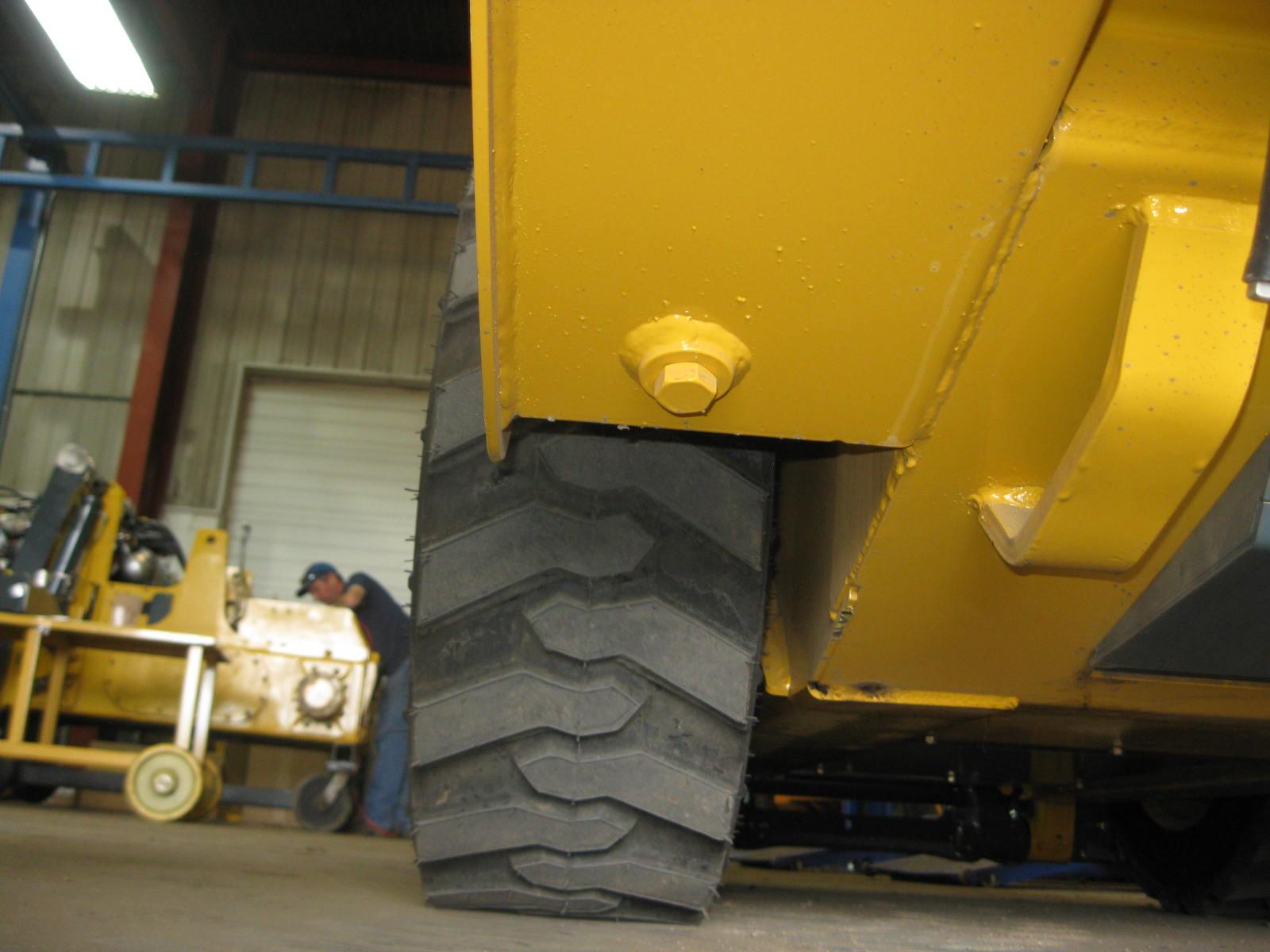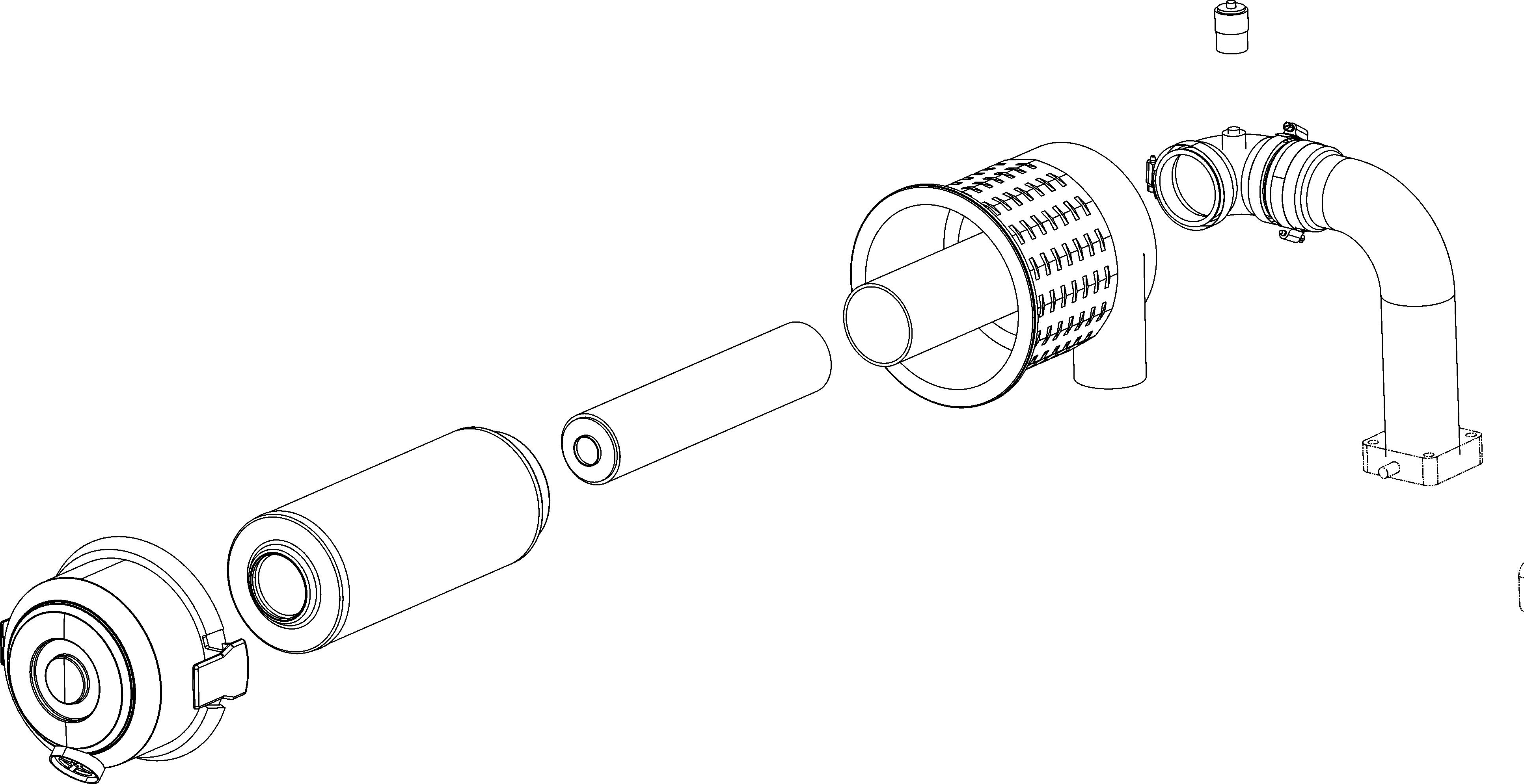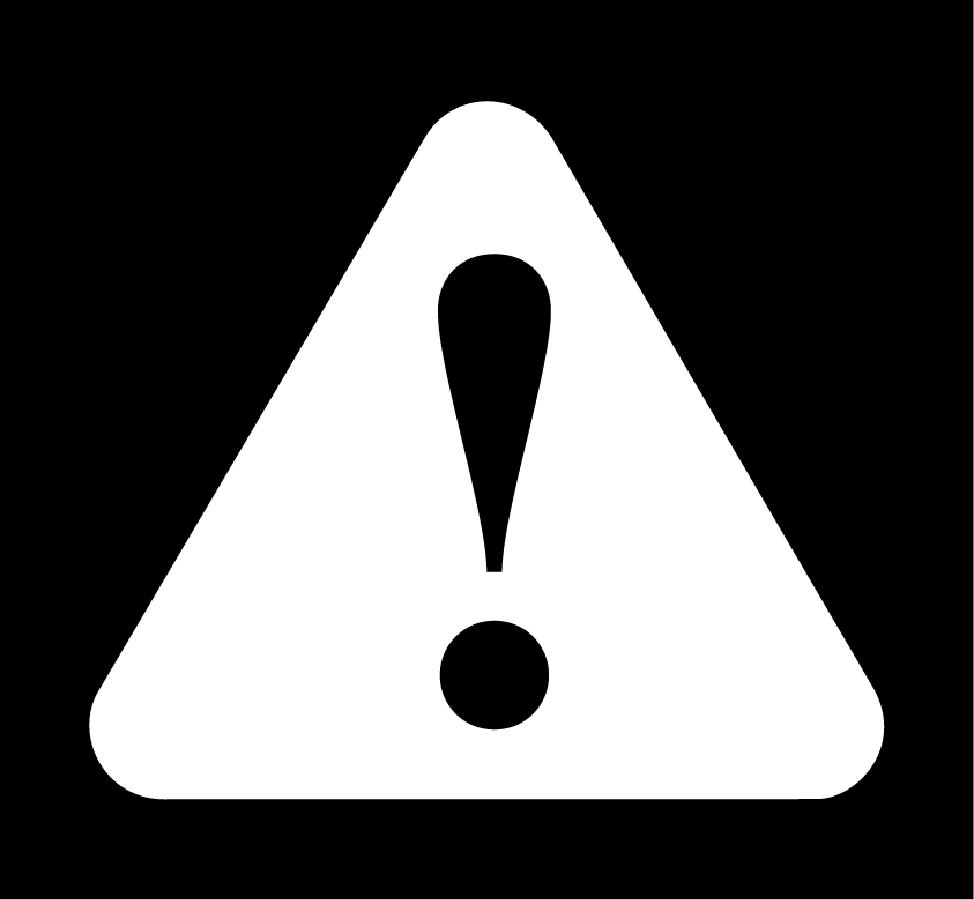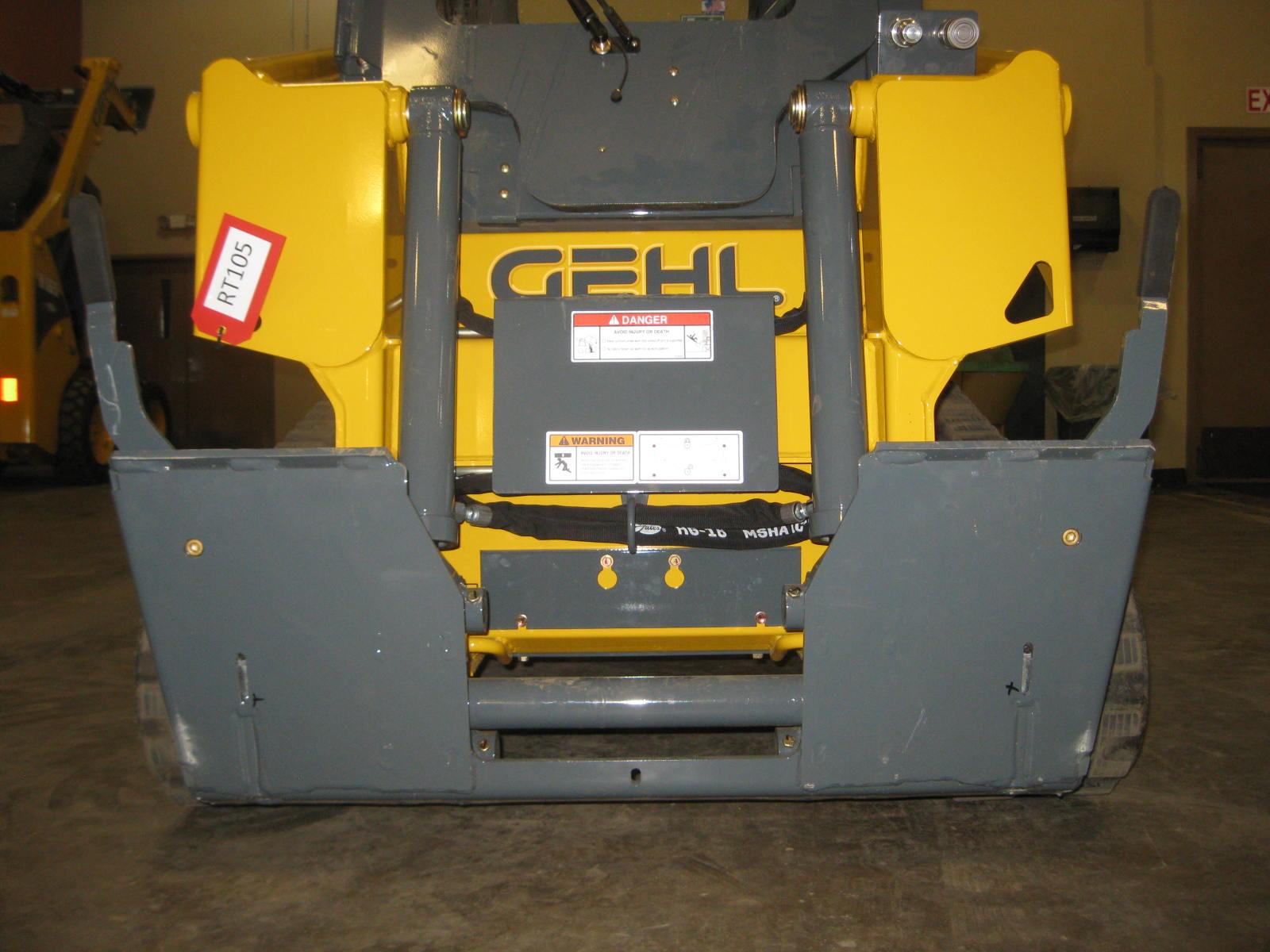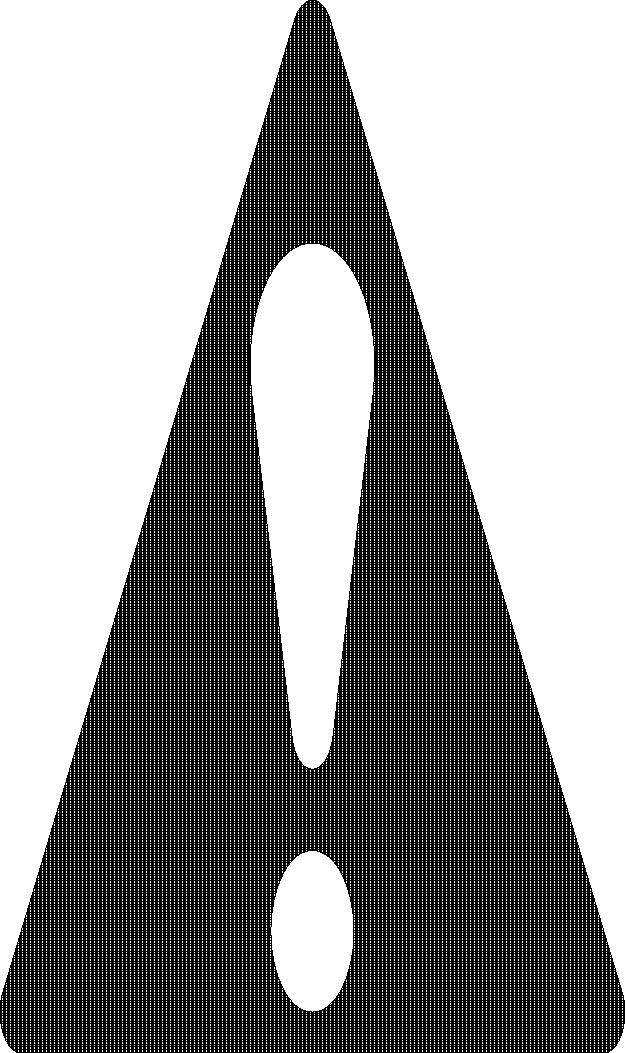
1 minute read
Checking Tire Pressure
Correct tire pressure should be maintained for all tires to enhance operating stability and extend tire life. Refer to the above chart for the proper inflation pressure.
When installing tires, be sure they are the same size and style on each side of the loader. Always replace tires with the same size as the original equipment.
Electrical System Battery
Before servicing the battery or electrical system, be sure the battery disconnect switch (if equipped) is in the “OFF” position. If not equipped with a disconnect switch, disconnect the ground (-) terminal from battery.
The battery on the loader is a 12-volt, wet-cell battery. To access the battery, open the rear door and lift the engine cover.
The battery top must be kept clean. Clean it with an alkaline solution (ammonia or baking soda and water). After foaming has stopped, flush the battery top with clean water. If the terminals and cable connection clamps are corroded or have a build-up, disconnect the cables and clean the terminals and clamps with the same alkaline solution.
Explosive gas is produced while a battery is in use or being charged. Keep flames or sparks away from the battery area. ALWAYS charge the battery in a wellventilated area.
Never lay a metal object on top of a battery, because a short circuit can result.
Battery acid is harmful on contact with skin or fabrics. If acid spills, follow these first-aid tips:
1.Immediately remove any clothing on which acid spills.
2. If acid contacts the skin, rinse the affected area with running water for 10 to 15 minutes.
3. If acid contacts the eyes, flood the eyes with running water for 10 to 15 minutes. See a doctor at once. Never use any medication or eye drops unless prescribed by the doctor.
4. To neutralize acid spilled on the floor, use one of the following mixtures: a.1 pound (0.5 kg) of baking soda in 1 gallon (4 L) of water b.1 pint (0.5 L) of household ammonia in 1 gallon (4 L) of water
Whenever the battery is removed, be sure to disconnect the negative (-) battery terminal connection first.
Fuse Panels (DPF Models)
The fuse panels are located in the engine compartment near the chassis right riser and behind a panel in the ROPS/FOPS at the operator’s right elbow area. The plastic covers are etched with the type of fuses and relays that can be found under that particular fuse cover.
Fuse Panels (Non-DPF Models)
The are no fuse panels located in the engine compartment or in the ROPS/FOPS at the operator’s right elbow area. However, three relays can be found behind a panel in the FOPS/FOPS at the operator’s right elbow area.


